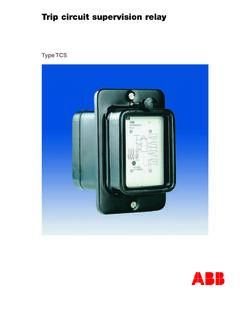Transcription of SYMMETRICAL FAULTS - Baylor University
1 345-kV SF6 circuit breakerinstallation at GoshenSubstation, Idaho Falls,Idaho, USA. This circuitbreaker has a continuouscurrent rating of 2,000 Aand an interruptingcurrent rating of 40 kA(Courtesy of PacifiCorp)7 SYMMETRICAL FAULTSS hort circuits occur in power systems when equipment insulation fails dueto system overvoltages caused by lightning or switching surges, to insulationcontamination (salt spray or pollution), or to other mechanical causes. Theresulting short circuit or fault current is determined by the internal volt-ages of the synchronous machines and by the system impedances betweenthe machine voltages and the fault.
2 Short-circuit currents may be severalorders of magnitude larger than normal operating currents and, if allowed topersist, may cause thermal damage to equipment. Windings and busbars mayalso su er mechanical damage due to high magnetic forces during FAULTS . It istherefore necessary to remove faulted sections of a power system from serviceas soon as possible. Standard EHV protective equipment is designed to clearfaults within 3 cycles (50 ms at 60 Hz). Lower voltage protective equipmentoperates more slowly (for example, 5 to 20 cycles).379We begin this chapter by reviewing series R L circuit transients in Section ,followed in Section by a description of three-phase short-circuit currentsat unloaded synchronous machines.
3 We analyze both the ac component, in-cluding subtransient, transient, and steady-state currents, and the dc compo-nent of fault current. We then extend these results in Sections and topower system three-phase short circuits by means of the superposition princi-ple. We observe that the bus impedance matrix is the key to calculating faultcurrents. The SHORT CIRCUITS computer program that accompanies thistext may be utilized in power system design to select, set, and coordinateprotective equipment such as circuit breakers, fuses, relays, and instrumenttransformers.
4 We discuss circuit breaker and fuse selection in Section three-phase power systems are assumed throughout this chap-ter. We also work in STUDYS hort circuits can cause severe damage when not interrupted promptly. In some cases,high-impedance fault currents may be insufficient to operate protective relays or blowfuses. Standard overcurrent protection schemes utilized on secondary distribution atsome industrial, commercial, and large residential buildings may not detect high-impedance FAULTS , commonly called arcing FAULTS . In these cases, more careful designtechniques, such as the use of ground fault circuit interruption, are required to detectarcing FAULTS and prevent burndown.
5 The following case histories [11] give examples ofthe destructive effects of arcing Problem of Arcing FAULTS in Low-Voltage Power Distribution SystemsFRANCIS J. SHIELDSABSTRACTMany cases of electrical equipment burndownarising from low-level arcing-fault currents haveoccurred in recent years in low-voltage power dis-tribution systems. Burndown, which is the severedamage or complete destruction of conductors, in-sulation systems, and metallic enclosures, is causedby the concentrated release of energy in the faultarc. Both grounded and ungrounded electrical dis-tribution systems have experienced burndown, andthe reported incidents have involved both indus-trial and commercial building distribution equipment,without regard to manufacturer, geographical loca-tion, or operating CASE HISTORIESThe reported incidents of equipment burndown aremany.
6 One of the most publicized episodes involveda huge apartment building complex in New YorkCity (Fig. 1), in which two main 480Y/277-voltswitchboards were completely destroyed, and two5000-ampere service entrance buses were burned-off right back to the utility vault. This arcing faultblazed and sputtered for over an hour, and in-convenienced some 10,000 residents of the devel-opment through loss of service to building water( The Problem of Arcing FAULTS in Low-Voltage PowerDistribution Systems, Francis J. Shields.>1967 , with permission, fromIEEE Transactions onIndustry and General Applications,Vol.)
7 1GA-3, No. 1,Jan/Feb. 1967, pg. 16 17)380 CHAPTER 7 SYMMETRICAL FAULTS pumps, hall and stair lighting, elevators, appliances,and apartment lights. Several days elapsed beforeservice resembling normal was restored throughtemporary hookups. Illustrations of equipment dam-age in this burndown are shown in Figs. 2 and example of burndown occurred in theMidwest, and resulted in completely gutting a ser-vice entrance switchboard and burning up two1000-kVA supply transformers. This burndown arccurrent flowed for about 15 still other reported incidents, a Maryland manu-facturer experienced four separate burndowns ofsecondary unit substations in a little over a year; onthe West Coast a unit substation at an industrialprocess plant burned for more than eight minutes,resulting in destruction of the low-voltage switch-gear equipment.
8 And this year [1966] several burn-downs have occurred in government office buildingsat scattered locations throughout the example of the involvement of the latter typeof equipment in arcing-fault burndowns is shown inFig. 4. The arcing associated with this fault con-tinued for over 20 minutes, and the fault was finallyextinguished only when the relays on the primarysystem shut down the whole electrical equipment destruction shown inthe sample photographs is quite startling, but itis only one aspect of this type of fault. Other lessgraphic but no less serious effects of electricalCASE STUDY381 Figure 1 Burndown damage caused by arcing fault.
9 View showslow-voltage cable compartments of secondary unitsubstationFigure 2 Service entrance switch and current-limiting fusescompletely destroyed by arcing fault in main low-voltageswitchboardFigure 3 Fused feeder switch consumed by arcing fault in high-riseapartment main switchboard. No intermediatesegregating barriers had been used in constructionequipment burndown may include personnel fatal-ities or serious injury, contingent fire damage, lossof vital services (lighting, elevators, ventilation, firepumps, etc.), shutdown of critical loads, and lossof product revenue.
10 It should be pointed out thatthe cases reported have involved both industrialand commercial building distribution equipment,without regard to manufacturer, geographical loca-tion, operating environment, or the presence orabsence of electrical system neutral , the reported burndowns have included a va-riety of distribution equipment load center unitsubstations, switchboards, busway, panelboards,service-entrance equipment, motor control cen-ters, and cable in conduit, for is obvious, therefore, when all the possible ef-fects of arcing-fault burndowns are taken into con-sideration.
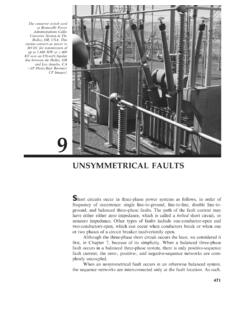

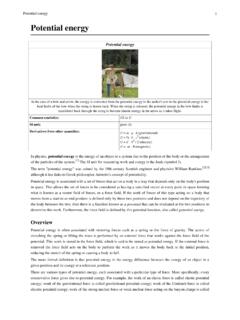
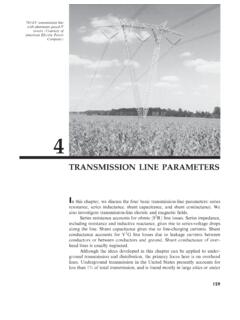
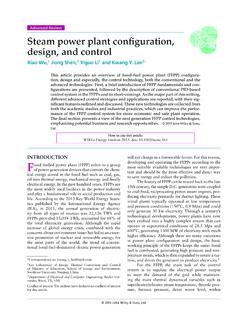
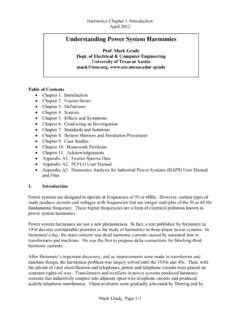
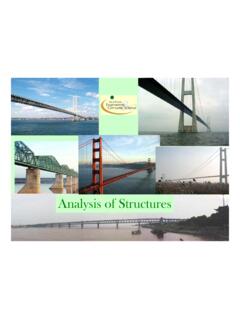
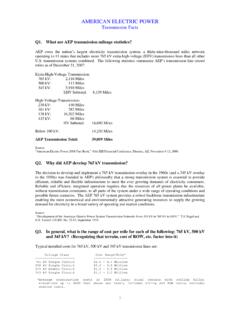


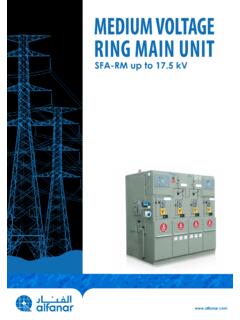

![Wind Farm Electrical Systems.pptx [Read-Only]](/cache/preview/8/3/4/a/7/7/3/b/thumb-834a773be91d444a92c541b6bc1b2269.jpg)
